
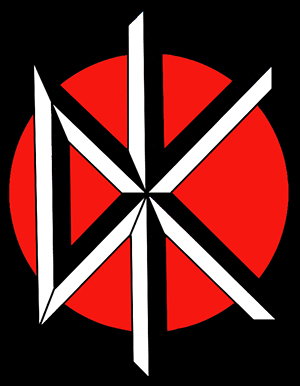
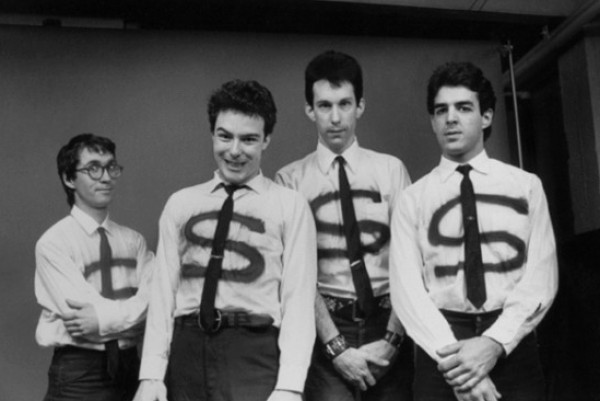
 |
 |
 |
| The album artwork for "Fresh Fruit for Rotting Vegetables" depicts a group of police cars that were set on fire after the "White Night Riots", which were the result of Dan White getting off with a manslaughter charge (served 5 out of 7 years) despite him murdering the mayor of San Francisco and his supervisor, in 1979 (Snider 42). Jello Biafra, lead singer for the Dead Kennedys, no doubt selected this picture because of the controversy surrounding it, especially due to its closeness to the release of the album. In picking this specific picture Biafra is purposefully playing into the "regime of truth", a concept coined by Foucault meaning "the grounds on which truth is claimed", that claims that punks hate the police (Rose 193). The picture is in black and white and is extremely grainy so it is quite difficult to make out the subject, this could be intentional to match the lo-fi aesthetic of punk or possibly due to constraints on the availability of images. |
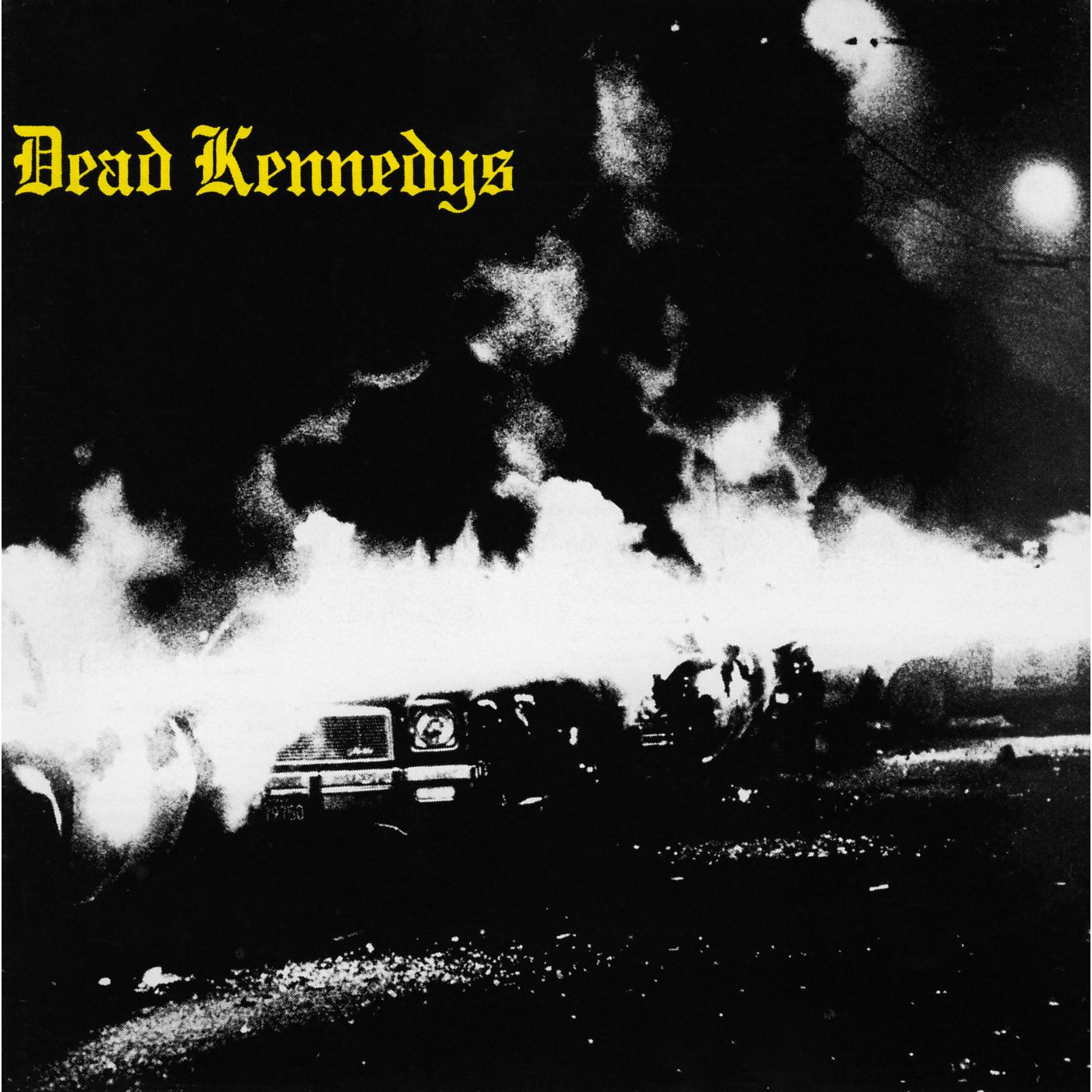
|
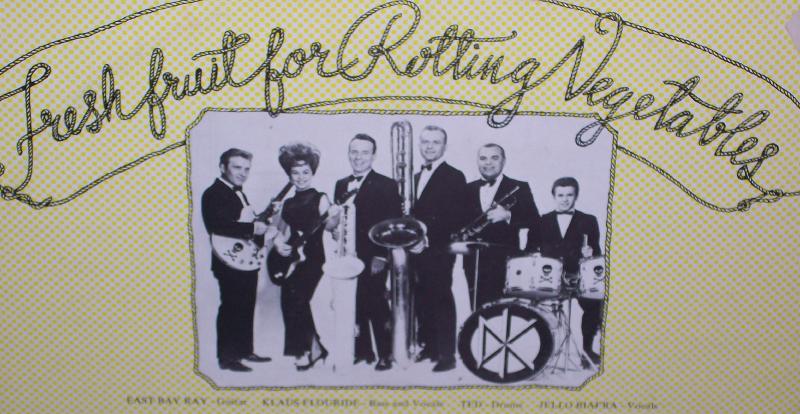
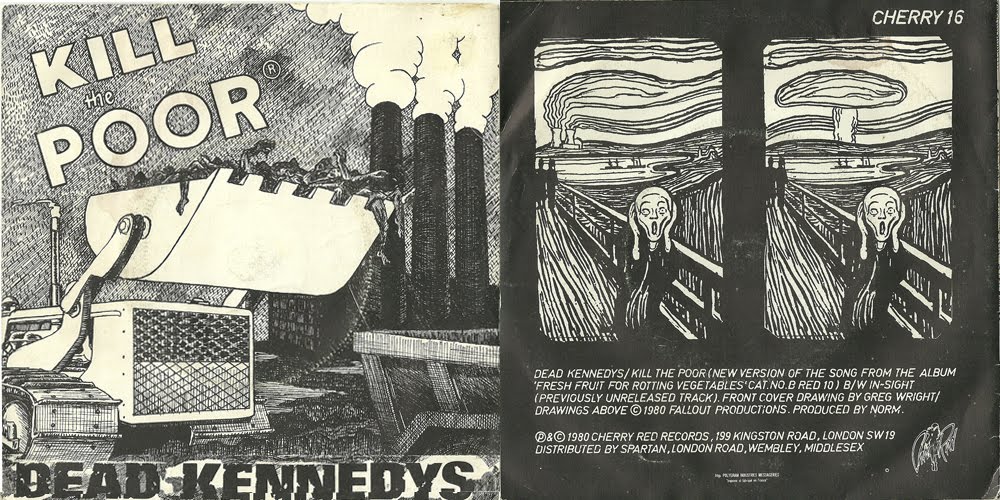

|
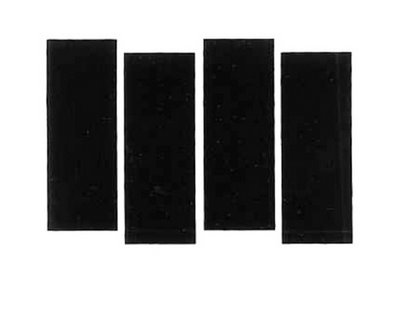
|

|